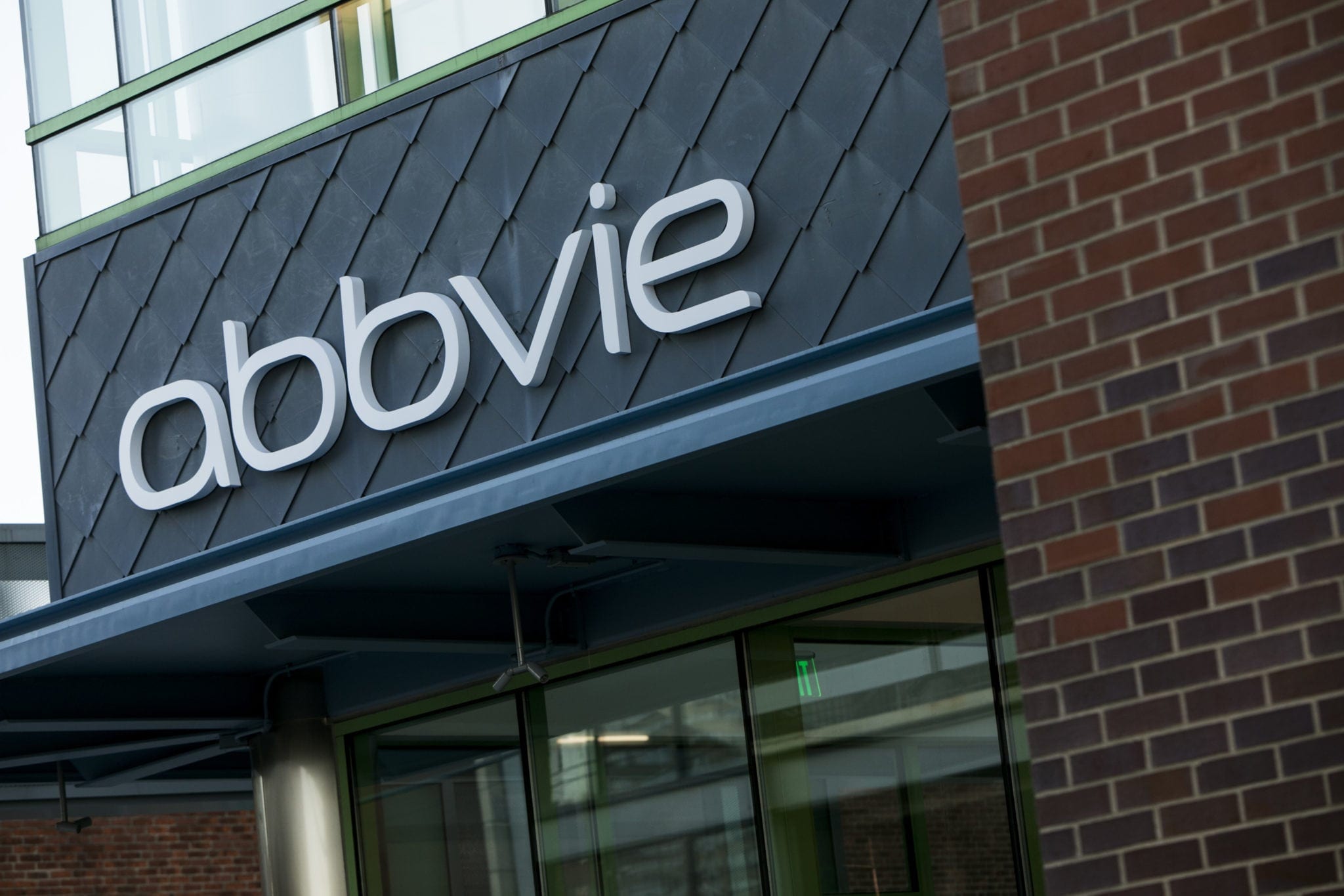
AbbVie wins an approval in uterine fibroid-associated heavy bleeding. Are rivals Myovant and ObsEva far behind?
Women expel on average about 2 to 3 tablespoons of blood during their time of the month. But with uterine fibroids, heavy bleeding is typical …
Sign up to read this article for free.
Get free access to a limited number of articles, plus choose newsletters to get straight to your inbox.